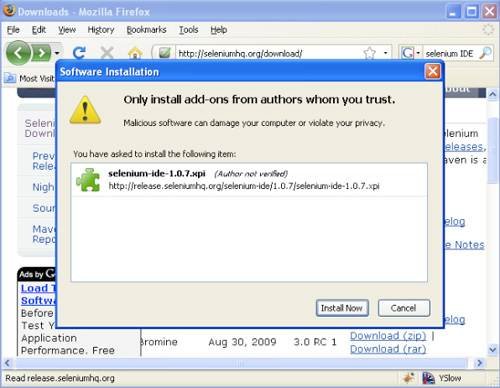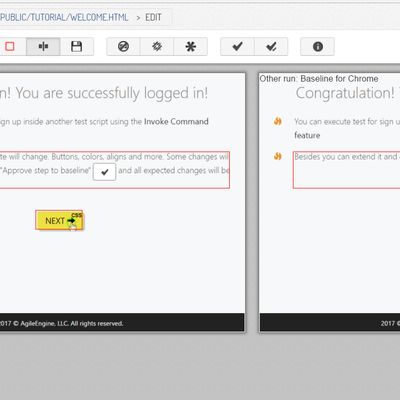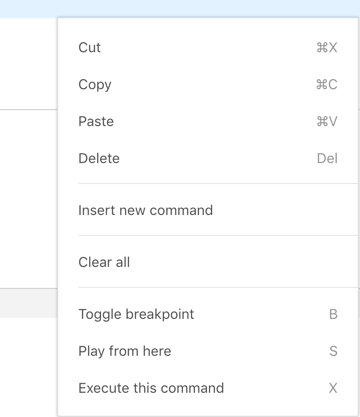
Select the tests you want to add from the menu.Click on the icon that appears to the right of the Test Suites heading.To add a test to a suite hover over the suite name, then do the following:

To add a suite, click the + symbol at the top of the left side-bar menu to the right of the Test Suites heading, provide a name, and click ADD.

You can get there by clicking the drop-down at the top of the left side-bar menu (e.g., click on the word Tests) and selecting Test suites. To create and manage suites go to the Test suites panel. On project creation, a Default Suite gets created and your first test gets added to it automatically. Tests can be grouped together into suites. Once added you can either input commands manually, or click the record icon in the top-right of the IDE. You can add a new test by clicking the + symbol at the top of left side-bar menu (to the right of the Tests heading), naming it, and clicking ADD. To stop recording, switch to the IDE window and click the recording icon. Interact with the page and each of your actions will be recorded in the IDE. You can change it later if need-be.Īfter completing these settings, a new browser window will open, load the base URL, and start recording. It's something you set once and it gets used across all of the tests in this project. The base URL is the URL of the application you are testing. Recording your first testĪfter creating a new project you will be prompted to name it and then asked to provide a base URL. If this is your first time using the IDE (or you are starting a new project), then select the first option. This will give you quick access to the following options: Upon launching the IDE you will be presented with a welcome dialog. In Firefox you need to right-click, click Customize, make adjustments to the menu bar, and click Done. In Chrome, you can do this by clicking to the right of the address bar, holding the click, and dragging it left or right. Try resizing the menu bar to give it more space. The extension might be enabled but the icon is hidden. You can get there quickly by typing the following into your address bar and hitting Enter. Make sure the IDE is enabled in your browser's extension settings. Troubleshootingĭon't see the icon for Selenium IDE in your menu-bar? Option 1 Once installed, launch it by clicking its icon from the menu bar in your browser. Note: In similar way you can convert individual Selenium IDE command to C#, Python and many more you want.Install Selenium IDE from either the Chrome or Firefox web store.


Open the java file you saved in any text editor or IDE such as, Notepad++, Notepad, Wordpad, Eclipse, IntelliJ IDEA etc.File -> Export Test Case As -> Java / JUnit4/ WebDriver.Record your tests in HTML format by using Selenium IDE.
KANTU SELENIUM IDE TUTORIAL CODE


 0 kommentar(er)
0 kommentar(er)
